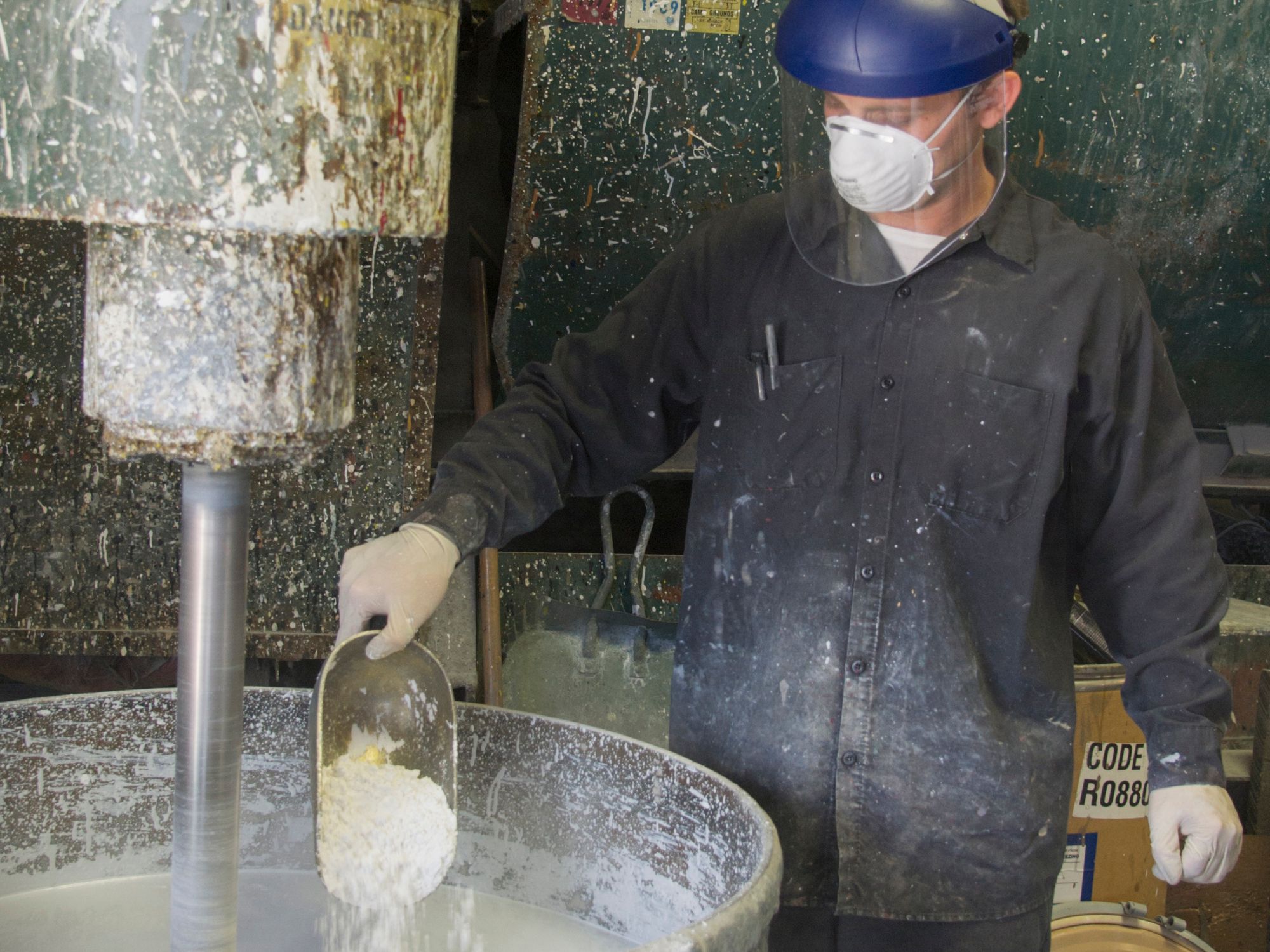Stationary process containers and bulk shipping containers

- Signs, placards, process sheets, batch tickets, operating procedures, or other written materials may be used in lieu of affixing labels to individual stationary process containers.
- In the case of bulk shipping containers, the appropriate label may be posted on the outside of the vehicle, attached to the shipping papers or the bills of lading, or transmitted by technological or electronic means (if agreed to by the receiving entity).
For purposes of the HazCom standard, the Occupational Safety and Health Administration (OSHA) says a stationary process container means a container that is not mobile, in which a process other than storage takes place, or a stationary container which contains a liquid (other than water) used for dipping and coating.
- Examples of stationary process containers are permanent dip tanks, and permanent mixing vessels.
- Items which are not stationary process containers are storage tanks (even if connected to a distribution system), and portable dip tanks.
Employers may use signs, placards, process sheets, batch tickets, operating procedures, or other such written materials in lieu of affixing labels to individual stationary process containers, as long as the alternative method identifies the containers to which it is applicable and conveys the information required by 1910.1200(f)(6) to be on a label (i.e., the information required to be on shipped containers, as found in 1910.1200(f)(1)(i) through (v)).
Employers shall ensure these written materials are readily accessible to employees in their work area throughout each work shift.
Bulk shipping containers
Bulk shipments are hazardous chemicals transported where the mode of transportation IS the immediate container. This includes shipments via tanker truck, rail car, or intermodal container. Labels for bulk shipments must be:
- On the immediate container,
- Transmitted with the shipping papers or the bills of lading, or
- Transmitted by technological or electronic means (if agreed to by the receiving entity).
OSHA pictograms are not required when a pictogram for the same hazard is already required by the Department of Transportation (DOT) to be on a shipped container.
